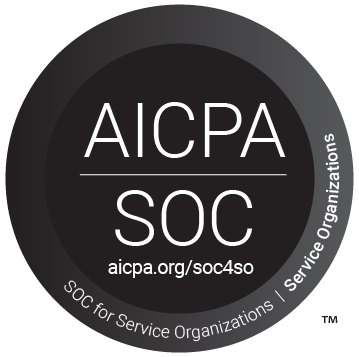NASHVILLE, Tenn.– Ursa Health, the healthcare data analytics innovator, has successfully completed another System and Organization Controls (SOC) 2 audit process. The SOC 2® Type II examination was conducted in accordance with attestation standards established by the American Institute of Certified Public Accountants (AICPA). Type II evaluation tests the design and operating effectiveness over time of key internal controls, such as security, availability, processing integrity, confidentiality, and privacy.
“Healthcare data is the lifeblood of the industry, and standards such as SOC 2 evaluation ensure that it flows safely and securely to the systems that turn data into action,” explained Robin Clarke, M.D., Ursa Health’s chief executive officer. “The Ursa Health team is proud of our successful completion of this rigorous auditing process, which builds trust and transparency between our organization and our partners while streamlining risk management initiatives for both parties.”
Organizations such as Ursa Health use CPA firms to thoroughly review internal controls related to the services they provide to customers, including the security, availability, and processing integrity of the systems that process customer data and the confidentiality and privacy of the information within these systems. As part of the SOC 2 process, multidisciplinary teams of licensed CPAs and information technology and security specialists use the AICPA’s guidelines to assess and address risk. Audits ensure requirements are met and the company remains in compliance with SOC 2 principles.
Ursa Health works with organizations that depend on healthcare data to guide clinical, financial, and operational decisions, uniting the producers and the users of analytics in the pursuit of innovation. Ursa Studio, the company’s no-code analytics development platform, combines pre-built content such as the powerful Ursa Core Data Model with no-code technology to facilitate customization and maintenance, helping to accelerate the construction of a strong yet adaptable structure for analytics-guided innovation and growth. Using this structure, organizations can take advantage of their rich data resources to generate relevant, accurate, and timely answers to questions in any area of their business.



